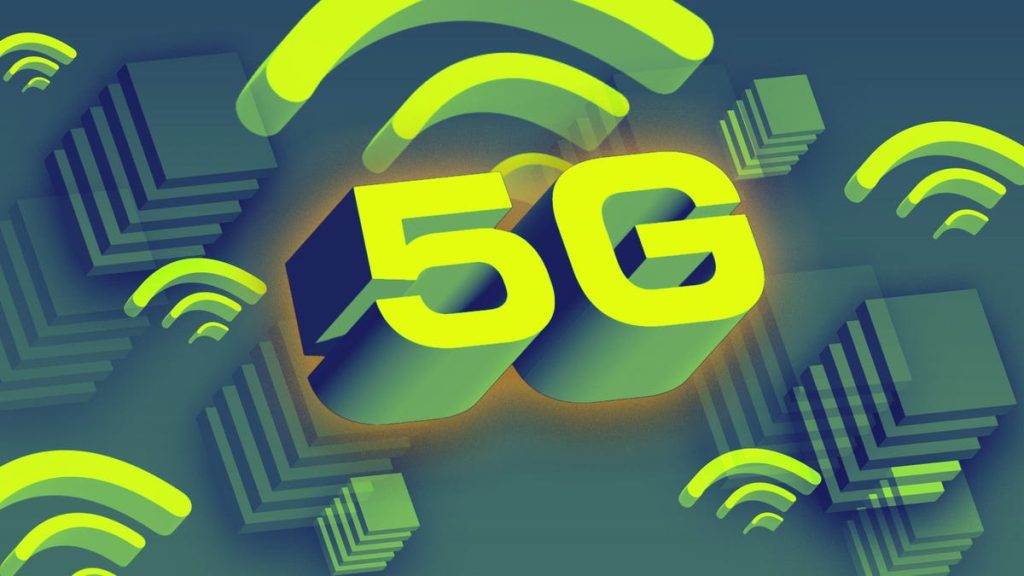The telecommunications industry, particularly internet service providers (ISPs), consistently ranks low in customer satisfaction. Consumers grapple with opaque pricing structures, hidden fees, annual price hikes, restrictive contracts, and the often-daunting task of deciphering complex service details and speed options. Furthermore, the limited availability of providers at a given address often leaves consumers feeling trapped with few viable choices. This frustrating landscape has opened the door for alternative internet solutions, with 5G home internet emerging as a potential contender.
5G home internet leverages the fifth generation of wireless data networks, the same technology driving advancements in mobile communications. Unlike previous generations, 5G utilizes different radio frequencies, promising faster data speeds and significantly reduced latency. While 5G cellular service is widely available for mobile devices, 5G home internet is still in its deployment phase. The technology operates on three primary frequency bands: millimeter-wave, mid-band, and low-band. Millimeter-wave offers the highest speeds but has limited range and struggles with obstructions. Mid-band offers a balance between speed and coverage, while low-band provides the widest coverage but at lower speeds. It’s important to distinguish 5G from the 5GHz Wi-Fi band offered by many routers; these are separate technologies, with 5G being a cellular technology and 5GHz a short-range Wi-Fi frequency.
5G home internet distinguishes itself from traditional internet services like DSL, cable, and fiber by being a fixed wireless service. This eliminates the need for physical wires connecting the home to the provider’s network. Instead, a 5G receiver, placed indoors or outdoors, captures the signal from a nearby wireless hub. While this setup shares similarities with satellite internet, 5G hubs are significantly closer than orbiting satellites. While using the same 5G network as mobile phones, the 5G gateway for home internet is location-specific and cannot be moved.
Currently, the primary providers offering 5G home internet include AT&T Internet Air, Starry, T-Mobile, and Verizon. AT&T Internet Air offers a single plan with speeds between 75 and 225 Mbps, focusing on simplicity with no contracts, overage fees, or equipment costs. Starry, while not strictly 5G NR, utilizes millimeter-wave technology and offers a range of plans with symmetrical or near-symmetrical upload and download speeds, a feature typically associated with fiber internet. T-Mobile Home Internet offers plans with varying levels of service, utilizing both 4G LTE and 5G networks, resulting in lower average speeds compared to other 5G providers. Verizon 5G Home Internet boasts the highest potential speeds, reaching up to 1 Gbps, and offers attractive incentives, including price locks and discounts for existing Verizon mobile customers.
The availability of 5G home internet remains a significant hurdle. While expanding rapidly, coverage is primarily concentrated in larger urban areas. T-Mobile boasts the widest availability, reaching over 50 million households, followed by Verizon, covering around 40 million homes. AT&T Internet Air and Starry have more limited availability, focusing on specific regions and cities. The FCC estimates that T-Mobile covers approximately 60% of the country, Verizon covers 19%, AT&T covers just over 9%, and Starry covers close to 2%. This limited reach restricts the potential of 5G home internet to become a widespread solution, especially for underserved rural communities.
5G home internet presents a promising alternative to traditional internet services, particularly in its transparent pricing, lack of contracts, and competitive speeds. However, its limited availability remains a major drawback. While 5G has the theoretical capacity to deliver speeds comparable to cable or fiber, the current reality often falls short. To ensure broader coverage and reliability, providers utilize a mix of frequency bands, resulting in speeds below the maximum potential of 5G. Nevertheless, 5G home internet generally outpaces DSL and satellite internet in speed and often at a lower cost. As 5G infrastructure continues to expand, it holds the potential to reshape the broadband landscape and offer a viable alternative to traditional ISPs, particularly in areas underserved by wired connections.

